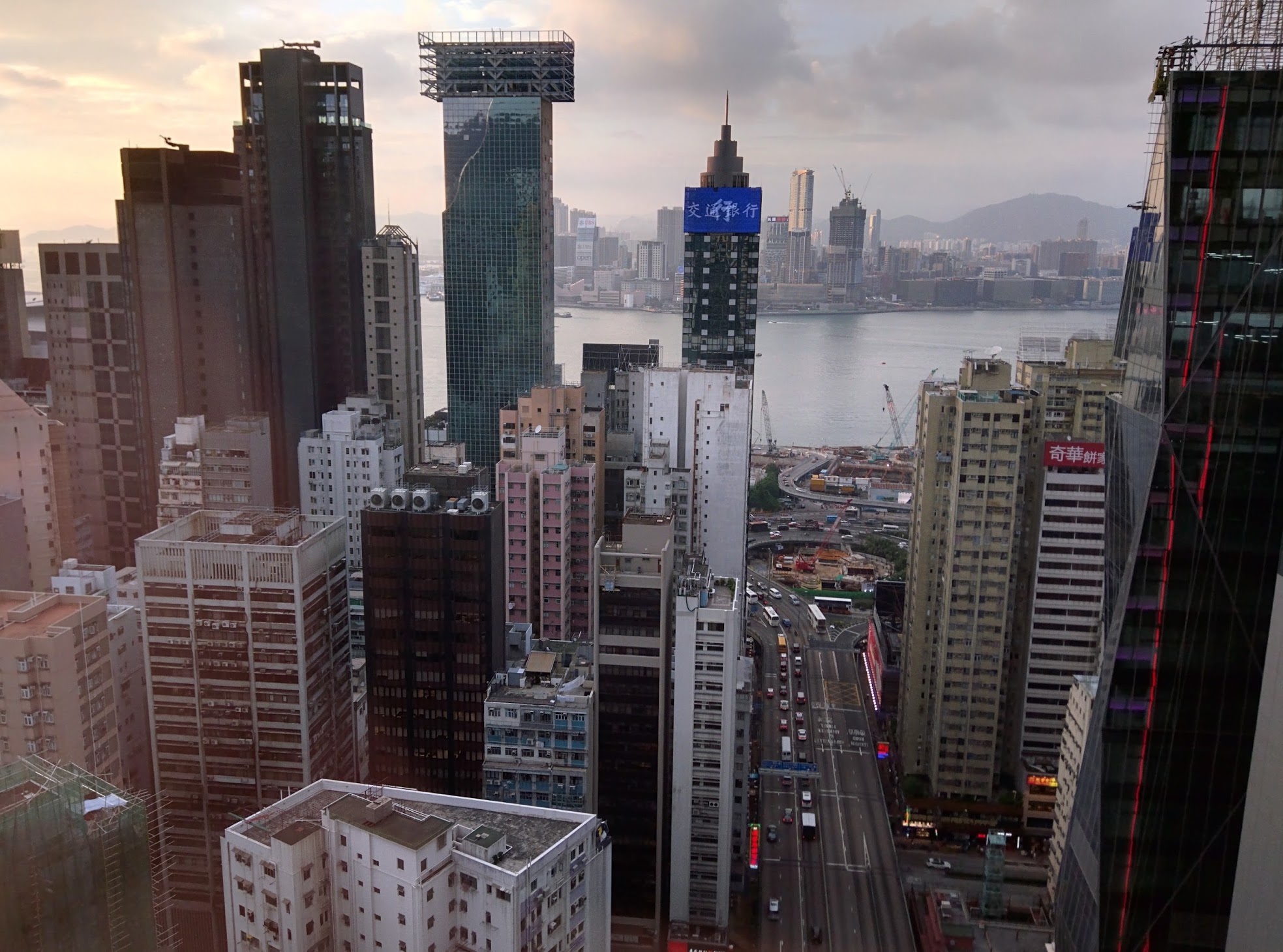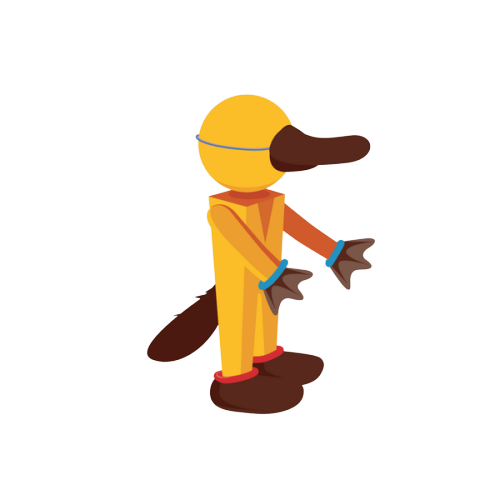Place-based Learning
My mother used to tell a story at family gatherings. She would recount that when I was six years old, just after our family moved from America to Germany, there was a day when I was being tormented by a common house fly. When she suggested that I just tell it to go away, I replied that I could not because, “I don’t speak German”.
I don’t remember that fly, but I do remember being fascinated at an early age with the idea that if we crossed some imaginary boundary, the buildings changed, the scenery changed and most noticeably the language changed. You don’t have to go to Germany to relate to this. Many of us have experienced subtle changes when just going to a neighbouring town. The further we go, the more things change around us. We begin to notice subtle changes in accents, the landscape begins to change and, at times, even the food and drink change. If you look hard enough, you will even see how “fun” changes.

Those two short years that my family spent in Germany planted the seeds for my curiosity about Place. Today, as an American living in Australia, I have a deep love of culture, language, and people. Not everyone has the privilege of traveling, even short distances, so it is important that we help bring our students to these places without needing to leave our classrooms or our own homes. What things can we do to inspire a love of culture, language, people, and place?
As educators in this incredibly diverse world, we can find so much reward in connecting students to the people and places that we read about or hear about on television. This is called Placed Based Learning. As Edutopia explores in “Place-Based Learning: A Multifaceted Approach”, Placed Based Learning engages students in their community, including their physical environment, local culture, history, or people. While we often make attempts to find the commonalities between our world and “theirs”, I have found it very rewarding to inspire curiosity around the differences too.
Many years ago, a travel agency here in Australia released an amazing series of artfully edited viral videos that beautifully captured the concept of differences in place. Move, Eat, and Learn are fascinating for their imagery and the showcase of place based diversity. As you watch those videos, take a moment to hit the pause button and be curious about what is happening in the background and in the foreground. Think about how you could use these videos as provocations with your own students. Where does each shot take place and what elements in the shot brought you to that conclusion? How does the food we eat define the place we live? What things do we do in our own place that defines what we think is fun?
Capture the feel of Place

I remember the first time I visited Hong Kong. I was alone when I arrived and decided to walk off some jet lag. I was told by a local to visit one of the many street markets and the best way to get there was by subway. I went down the stairs like I have done in so many other cities around the world and I was instantly struck by the sheer rush of people all moving with purpose in so many directions. I remember backing up into the corner almost as a way to protect myself from this unexpected onslaught of stimuli and giving myself a moment to understand. It’s not that I couldn’t read the signs…they were in English. I just didn’t know how to navigate the current of people without getting tossed around both figuratively and literally. I learned to use the same technique everywhere I go.
It is a great idea to see a place from a quiet vantage point to try and understand it. One of my favourite websites for doing this is Window Swap. You are randomly given someone’s window somewhere in the world where, for a few minutes, you can enjoy their view. Take a moment to visit the website. What do you see? What is in the picture that this contributor felt you would find valuable? If you were to contribute your own view to the website, what view would you give in return? We can have shared experiences when we look at these pictures together.

Another way to drop into a place and look around is to use Google Maps’ Street View. Drop Pegman on a map in almost any part of the world to see a 360º view of the place. You can pick a location from a text you’re reading, find places that are mentioned in the media, or simply pick a place that you would like to learn more about. Most of these 360º images are created by Google’s cameras but there are also many places, especially in remote parts of the world, where photographers upload their own photos. These user-created photos, marked by blue circles instead of lines, can be especially telling. Like close reading of text for comprehension, I like to read these images considering concepts such as; bias, access, and privilege. Visual literacy becomes and important skill here. More importantly, I have to ask myself about the biases that I am bringing to those images. What are you expecting to find when you drop into a place? Try searching for somewhere that you know little about and see how the images you see line up with your thinking.

You can go beyond still images and search 360º videos. 360cities.net is a great website of user generated content to help start your explorations. Additionally, there are so many videos on Youtube being uploaded by people around the world that capture not only the sights, but also the sounds of a place. Take a look at some of the videos I created using a camera in this Youtube Playlist.
Think about what sights and sounds you would capture of ‘your place’. What makes a place unique using just a view and a sound?
Inquiry with Incursions
To help students build curiosity and develop skills around asking questions, you might consider a process that started as Mystery Skypes. Classrooms separated by distance, country or even language, connect online to reveal hints about themselves while students take turns asking the right questions in an effort to learn more about who these mystery guests are.
Of course, you don’t have to just use Skype to participate. With the explosion of virtual conferencing apps, it would be hard to find a classroom that doesn’t have access to a webcam and a screen. A simple online search will turn up many community groups on social media sites (search #mysteryskype) with teachers looking to make connections.
Experiential learning with ‘Oncursions’
Summer Howarth coined a term, Oncursions, during the COVID19 lockdown here in Victoria, Australia. As we struggled with the four walls of our home, she was looking at ways to get “outside”. Oncursions are online digital excursions that we can take to experience things beyond our homes or classrooms. A popular experience comes from Zoos Victoria where you can view live animal cams or enjoy a animal keeper talks. You could also virtually head down to Phillip Island Nature Park to view the nightly sunset broadcast of Live Penguin TV to see Little Penguins return to their burrow after a day of hunting for food in the Bass Strait.
Blurring the lines
Being flexible with borders like the walls in our home or even our classrooms can be a powerful learning activity. As a student in Year 9, we studied the countries in Africa in Humanities. That year Upper Volta became Burkina Faso and this was my first true understanding that maps changed…that they were flexible.
Only recently, I came across this map of Indigenous Australia. This map attempts to represent the language, social or nation groups of Aboriginal Australia by showing the general locations of larger groupings of people (AIATSIS). Seeing Australia in this way is a multi layered learning activity especially when combined with resources like NAIDO Teaching Guides or Teaching About Aboriginal and Torres Straight Islanders as a Cross Curriculum Priority. At it’s most simple level, I love the representation of the regions using blurred lines instead of the solid lines we find on other maps.
Encouraging learning beyond our own walls is done by blurring the lines between actual excursions, incursions and oncursions. We can help our students learn about the culture and language of our neighbors while studying that place we call home that may have been (and still is) known by another name by those that came before us. Think of the stories they will be able to tell years from now.
25 November 2020 | Written by Jim Sill
 Jim Sill is an educational consultant who enjoys a great story and loves inspiring people to tell theirs. This makes him a popular keynote speaker, trainer and workshop facilitator. Using his industry experience, he created an award-winning video production program in California, USA. By involving students in real-world video projects, they garnered awards and recognition at the local, state and national levels. His passion for creating authentic learning experiences for students and teachers has led him to work with teachers on all seven continents. Today, Jim lives in Melbourne, Australia and works with schools across Australian and NZ to develop educational initiatives.
Jim Sill is an educational consultant who enjoys a great story and loves inspiring people to tell theirs. This makes him a popular keynote speaker, trainer and workshop facilitator. Using his industry experience, he created an award-winning video production program in California, USA. By involving students in real-world video projects, they garnered awards and recognition at the local, state and national levels. His passion for creating authentic learning experiences for students and teachers has led him to work with teachers on all seven continents. Today, Jim lives in Melbourne, Australia and works with schools across Australian and NZ to develop educational initiatives.
AIATSIS. “Map of Indigenous Australia.” AIATSIS, AIATSIS, 2020. Accessed 8 November 2020.
Edutopia. “Place-Based Learning: A Multifaceted Approach.” Edutopia, 19 April 2016, Accessed 1 October 2020.





